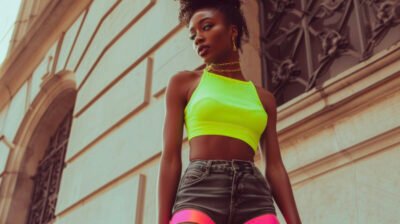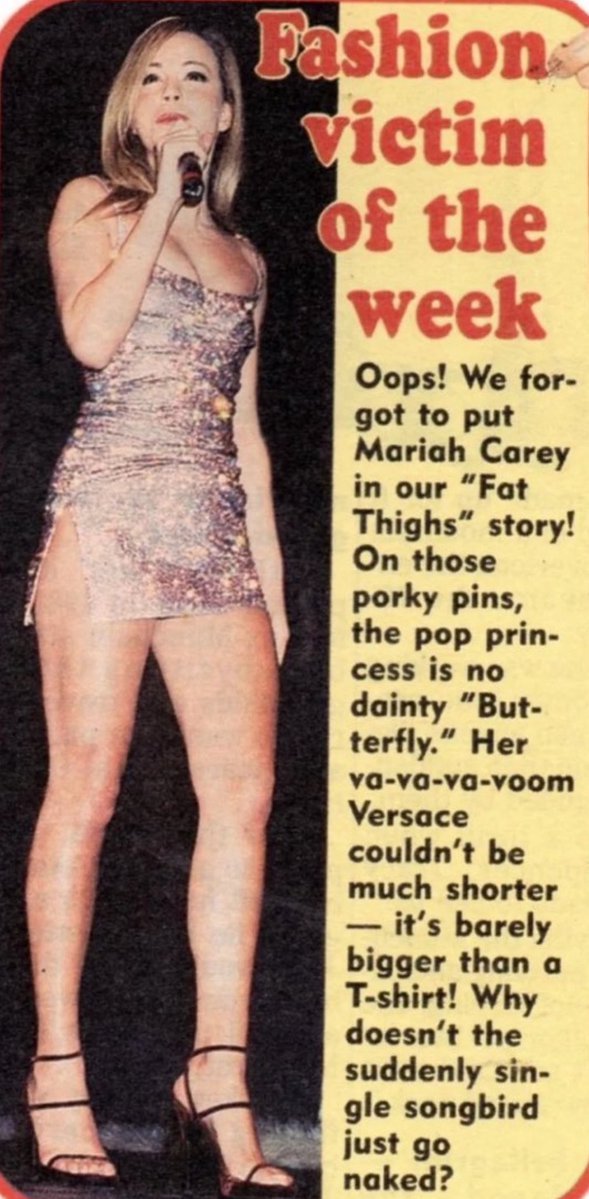The 90s were velvet and vinyl,grunge and glitter,a time when girl groups rose—but the grip on our bodies never loosened. We still had to stay tig
The 90s were velvet and vinyl,
grunge and glitter,

a time when girl groups rose—
but the grip on our bodies never loosened.
We still had to stay tight.
Still had to smile bright.
Still had to hold our stomachs in
while holding up the world.
Paula Abdul—
sharp as a snap,
fluid as wind—
was a phenom,
a dancer who defied gravity.
But they zoomed in.
On her hips.
On her thighs.
Called her “chubby,”
even while she made millions sweat to her music, video, and fitness tapes.
Mariah Carey—
golden voice,
melancholy eyes,
barely out of girlhood
before tabloids called her too much.
 Too curvy.
Too curvy.
Too dramatic.
Too emotional.
Too human for fame.
And when her exhaustion showed,
when her breakdown broke through the rhinestones,
they asked,
“What happened?”
Like they didn’t watch her
grow up inside a meat grinder
called public scrutiny.
Just like in the 80s—
when girls collapsed from anorexia
and society blinked like,
“Wait—why are they starving?”
As if the VHS tapes,
magazine racks,
and breakfast-table critiques
hadn’t planted the seed.
The 90s had its own brand of denial.
We called it “diva behavior.”
We called it “mood swings.”
We called it “attention-seeking.”
But what it was—
was a soul
barely clinging to breath
under the weight of a thousand invisible hands
pulling, pinching, shrinking.
And still,
they performed.
They smiled.
They delivered.
But no one asked how it felt
to be dissected in real time.
To be everyone’s “before and after”
when you never asked to be
their aspiration or their warning.
This miniature series
is not just remembrance.
It is resistance.
To the shrink-wrap we were told was protection.
To the labels disguised as love.
To the punishment women endured
for daring to exist in public
with softness, emotion, and power.
We are unlearning.
We are remembering.
We are re-writing.
